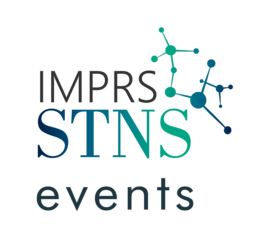Self-healing materials by chemical design: transforming mechanical energy into chemical responses
Tutorial
- Date: Jan 16, 2019
- Time: 04:00 PM - 06:00 PM (Local Time Germany)
- Speaker: Prof. Wolfgang H. Binder
- MLU, Halle
- Location: Max-Planck-Institut für Mikrostrukturphysik, Weinberg 2, 06120 Halle (Saale)
- Room: Lecture Hall, B.1.11
- Host: IMPRS-STNS

Self-healing and self-restoration are among the most important and widely present features in living systems. Thus Nature can heal many mechanically or chemically damaged materials autonomously, applying complex biochemical healing-principles. In contrast, when synthetic materials break, they usually will not heal without external input of energy, such as heating (thermal) or light (photo-reactions). Implementing autonomous self-healing properties into materials therefore represents a significant challenge for a materials scientist.
In this lecture I will present chemical principles to introduce self-healing properties into polymeric materials. Firstly, principles of supramolecular chemistry can introduce dynamic and adaptive properties into a polymer, subsequently able to self-heal autonomously (without external stimulus). Nanoscaled clusters of hydrogen bonds are active in such self-restoration of material properties, able to dynamically reorganize after brake. Secondly, “click”-chemistry can be used to enable a triggered healing response, induced by direct mechanical coupling to a catalytic system, which can transform mechanical energy into a subsequent chemical reaction.